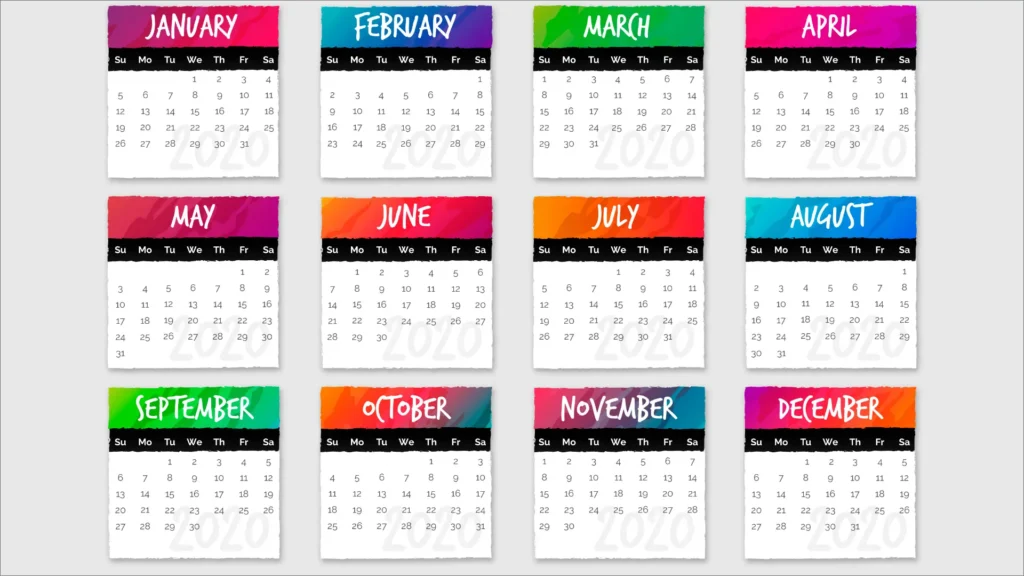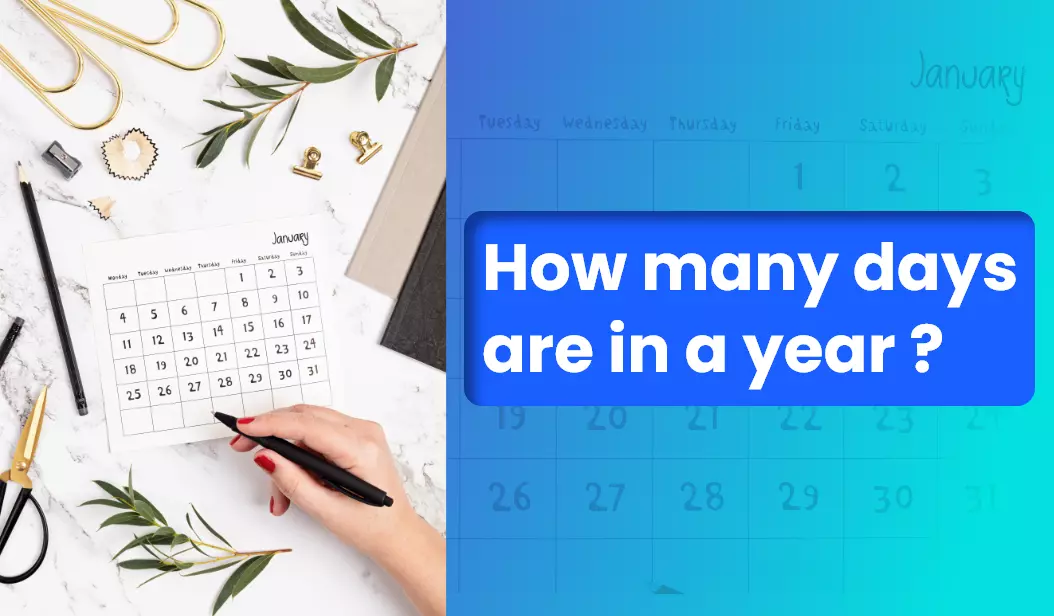How Many Days Are In A Year?
Have you ever thought about why we have 365 days in a year? Or perhaps tried to understand the concept of leap year and the extra day that it has? Time measurement is a fundamental part of our lives, but sometimes it becomes difficult to understand the intricacies of the calendar.
Online Time Calculator
However, we all need to understand the calendar calculations and find out how many days are in a year to understand the passage of time better.
In this article, we will embark on the journey to demystify these questions and determine the number of days in a year.
Calculation of Days in a Year
The calculation of the number of days in a year is primarily based on the Earth’s orbit around the Sun. The Earth requires about 365.25 days to make a full revolution around the Sun.
This means that in a regular year, we have 365 days, but to account for the extra fraction of a day, we have leap years.
Why Does Leap Year Have An Extra Day?
As mentioned above, Earth takes 365.25 days to complete one orbit. Over time, these little additions compound into a substantial sum. Similarly, the additional quarter of a day in our planet’s orbit, though seemingly tiny, becomes significant when compounded year after year.
We have leap years to account for the extra fraction of a day in our planet’s orbit. A leap year occurs every four years when an additional day, known as February 29th, is added to the calendar. This extra day balances out the slight discrepancy, ensuring our calendar remains in sync with Earth’s orbital period.
It is as if time leaps, granting us an extra 24 hours to harmonize our calendars with the celestial ballet. This leap day is a crucial adjustment, ensuring our human-made calendars stay in sync with the grand divine spectacle unfolding above us.
However, it is not the end. While leap years occur every four years, there is an exception to this rule. Years that are evenly divisible by 100 can not be leap years unless they are also evenly divisible by 400. This adjustment corrects for the slight overcorrection introduced by leap years, further refining our time measurement.
Historical And Cultural Influences on Days of Year
Cultural and historical influences have shaped the concept of a year and its divisions throughout the ages. Many ancient civilizations had their timekeeping methods, with calendars varying in length and structure. It was not until the reign of Julius Caesar that the Julian calendar laid the foundation for the calendar we use today.
Over time, further refinements were made, leading to the Gregorian calendar, now the most widely used calendar system worldwide. Its establishment in 1582 by Pope Gregory XIII aimed to rectify the small inaccuracies of the Julian calendar.
The Gregorian calendar, with its leap year rules, brought about greater accuracy in measuring the length of a year and remains the standard in most countries today.
Calendar System Around The World

Different cultures and civilizations have developed their calendar systems based on unique needs and traditions. The Islamic calendar, for instance, is based on lunar cycles and consists of 354 or 355 days, leading to variations in the alignment with the Gregorian calendar.
Similarly, the Chinese calendar is a lunisolar calendar that considers both the moon’s phases and the Sun’s position, resulting in a year typically consisting of 354 or 355 days.
These diverse calendar systems highlight the rich tapestry of human cultural heritage and how societies have measured and marked time.
Final Thought - Days in a Year
So, the answer to “How many days in a year?” is beyond a simple numerical value. It consists of the intricate relation between the Earth and the Sun, the historical developments of various calendar systems, and the social and cultural significance of timekeeping.
Our calendars help us stay organized and provide a deeper understanding of our place in the universe and the rhythms of life.
They are a testament to humanity’s quest for order, connection, and the continuous measurement of time’s passage.
